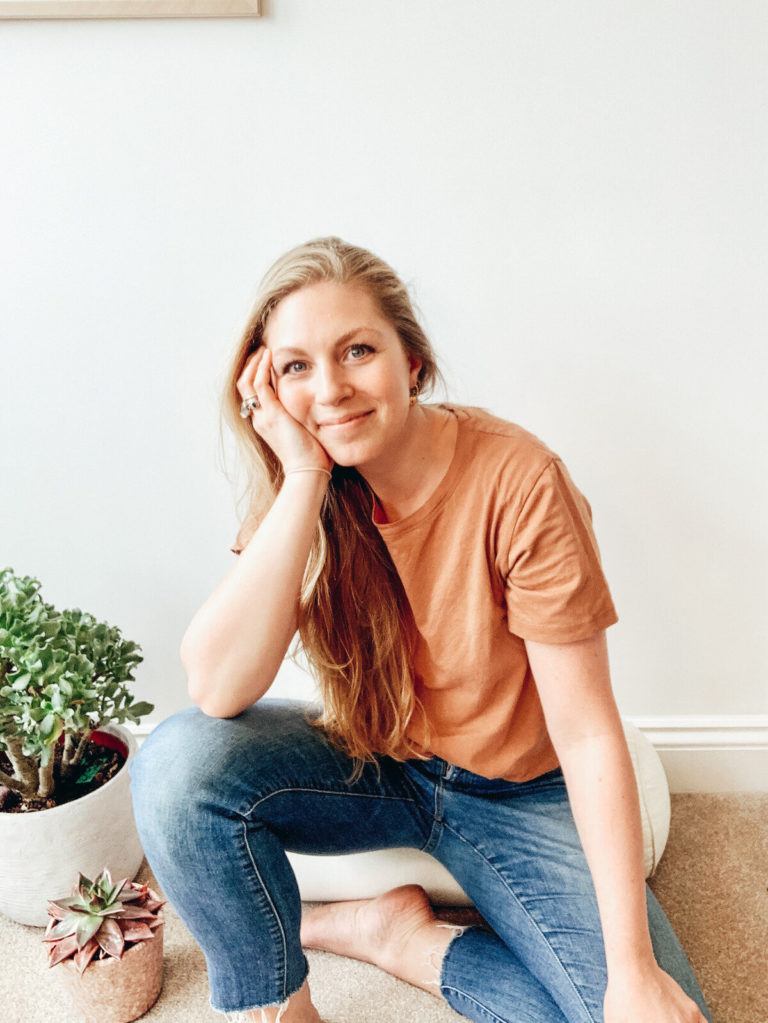If my 23+ years of studying yoga and meditation have taught me anything, it’s that it doesn’t matter one bit what you do on the mat (or cushion). The ability to do a handstand does not make you a yogi, and the inclination to attend silent retreats does not make you at one with the world. Quite frankly, I couldn’t care less if someone can do a scorpion variation, or sit in lotus for hours on end, if when they come away from their practice, they haven’t taken those valuable lessons of flexibility, strength, compassion and understanding off the mat and into everyday life.
And one of the most valuable lessons yoga and meditation have taught me is the importance of getting comfortable with being uncomfortable. That doesn’t mean being an idiot, and injuring yourself by forcing your body into a posture it’s not ready for (although, obviously, I’ve been there too). It means using a compassionate and inquisitive approach to seek out your personal limits, and then looking beyond them, to explore what is on the other side of fear. Yes physically on the mat, but more importantly, in your life off it.
Now more than ever, we need to look at the things that make us uncomfortable. We must be willing to challenge ourselves, to challenge our preconceptions and our unconscious thoughts and behaviours, to seek out people and circumstances that don’t feel easy. To confront the dark places (both internal and external) that we instinctively want to shy away from. To step into the unknown.
Because when you hide from the tough issues, when you play safe, when you steer clear of risk when you avoid difficult conversations at home and at work, you fail to live life fully. You fail to challenge yourself (or others) to grow.
We must be willing to change our relationship to change, fear and the unknown. Because by stepping into these places, is how we thrive and progress as people and as societies.
The Stoic philosophers believed that you should intentionally place yourself in situations of discomfort, in an effort to increase your comfort range as well as to make you value your moments of safety, making it easy for you to always consider yourself comfortable after enough practice.
So let’s get uncomfortable…
Lily’s 5 Top Tips for Getting Comfortable Being Uncomfortable and Embracing Change:
- When experiencing feelings of discomfort, don’t run away from them. Instead, allow yourself to (compassionately) embrace whatever comes up and acknowledge that it is a natural human reaction. Get curious, and relax your resistance – turn towards, rather than away from, what’s arising within.
- Become aware of the stories that you are telling yourself both about your own life, and about others’. Are they true? Do you need to challenge some of the thoughts in order to truly grow as a person? Are you allowing for change?
- Are you used to long, hot showers? Try setting the water to unbearably cold for the last 15 seconds. If nothing else, it’ll wake you up.
- Try Yin yoga. At first, you’ll find you desperately want to move, so it’s a good starting place to train yourself to be comfortable with discomfort and staying still.
- Try to always reframe discomfort (mental or physical) as a positive source for growth and get curious in the face of the unknown.
—

Lily Silverton is a mindset coach, wellbeing teacher, speaker, journalist and the host of “Priorities” podcast with over 20 years of meditation and yoga experience. She uses the simple tools of breathwork, bodywork, meditation, mindfulness, coaching, and humour to help people and organisations realign their priorities, remedy their minds and transform their lives.
Follow Lily on Instagram and check out her website for more information.
The post A guide to being comfortable with being uncomfortable appeared first on Wanderlust.
from Wanderlust https://ift.tt/2YrnIKU
via flipkartrider
No comments:
Post a Comment